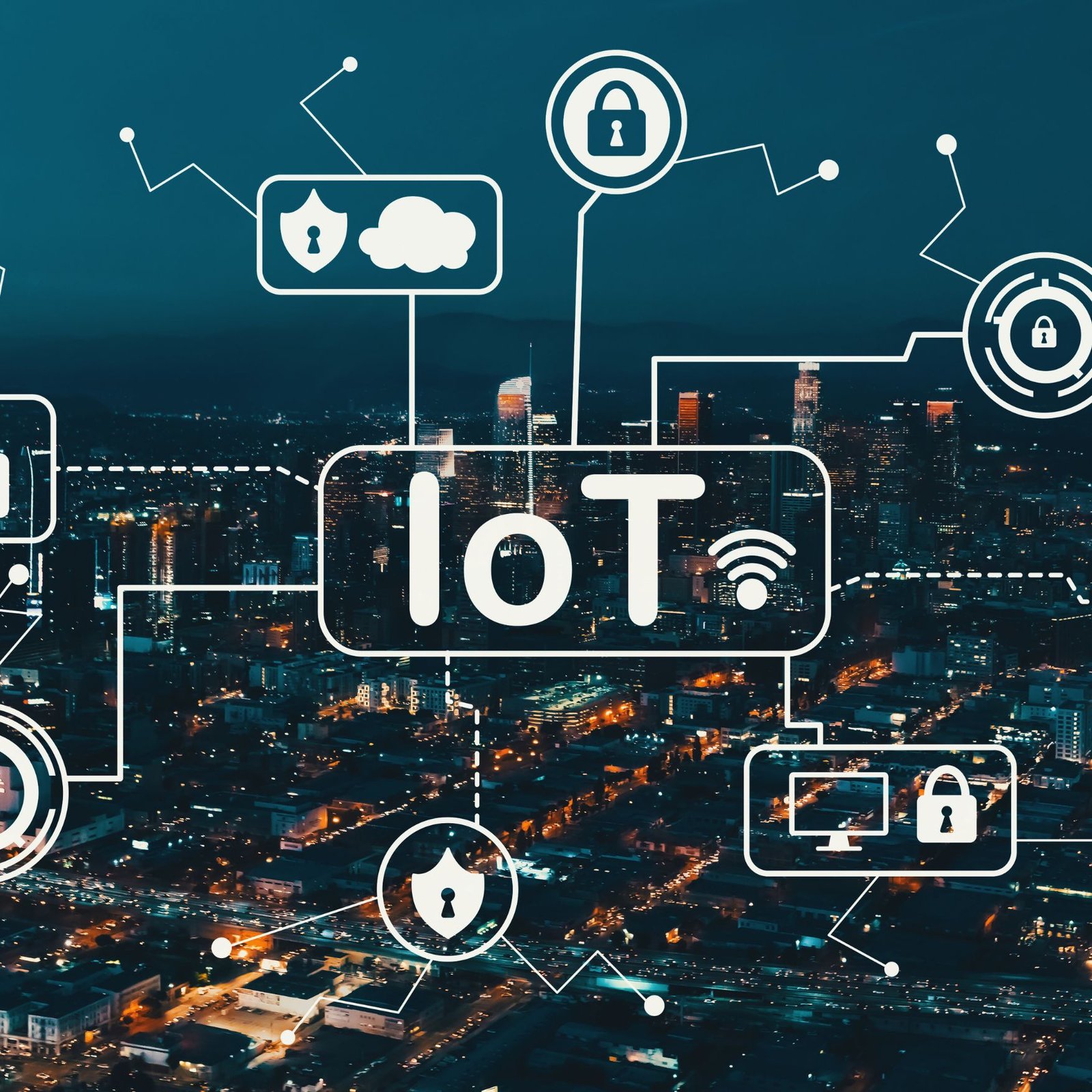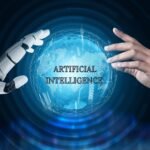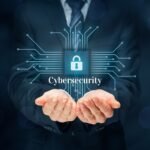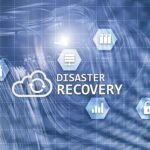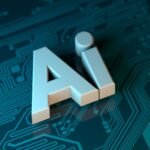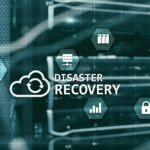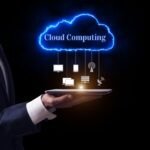Table of Contents
Introduction to IoT
The Internet of Things (IoT) refers to a network of interconnected physical devices—sensors, machines, appliances, and vehicles—embedded with software and connectivity to collect and exchange data. Far beyond smart home gadgets, IoT drives transformative solutions like real-time factory adjustments, automated crop irrigation, and traffic optimization in cities. By merging the digital and physical worlds, IoT enables autonomous decision-making, data-driven insights, and operational efficiency across industries.
A Brief History
Though the term “IoT” emerged in 1999, its roots trace back to machine-to-machine (M2M) communication. Early RFID tags and wireless networks in the 2000s laid the groundwork for today’s industrial IoT applications, from smart grids to telemedicine. Today, IoT is integral to sectors like logistics, healthcare, and agriculture, revolutionizing how businesses operate.
Trend 1: Edge Computing for Real-Time Processing
Reduced Latency, Enhanced Efficiency
Edge computing processes data near its source, bypassing cloud delays. This is critical for time-sensitive tasks, such as autonomous vehicles avoiding collisions or factories making instant machine adjustments. Benefits include lower bandwidth use and improved security, as sensitive data stays localized.
Applications
- Healthcare: Supports remote surgeries via real-time robotic tool adjustments.
- Retail: Smart shelves analyze foot traffic to optimize store layouts dynamically.
- Manufacturing: Sensors predict equipment failures, enabling proactive maintenance.
Trend 2: AI and Machine Learning Integration
Smarter Analytics and Automation
AI and ML transform raw IoT data into actionable insights. For example, AI detects subtle machine vibrations signaling potential breakdowns, while ML algorithms optimize delivery routes based on traffic and weather.
Predictive Maintenance
Industries like aviation use the Internet of Things sensors to monitor engine health, preventing failures and reducing downtime. Smart thermostats learn user habits, cutting energy costs by 20–30%.
Trend 3: 5G Connectivity
Speed and Scalability
5G’s ultra-low latency and high bandwidth enable real-time the Internet of Things applications, such as remote surgeries and synchronized factory robots. Its capacity to connect thousands of devices per square kilometer is vital for smart cities.
Bridging Remote Gaps
Farmers in rural areas leverage 5G-powered soil sensors for precision agriculture, while miners use IoT wearables to enhance safety in isolated locations.
Trend 4: IoT in Healthcare
Remote Patient Monitoring
Wearables track vital signs like heart rate and glucose levels, transmitting data to clinicians for timely interventions. This reduces hospital visits, particularly for chronic conditions.
Smart Wearables
Devices like ECG-enabled smartwatches and glucose-monitoring patches empower patients and providers with continuous health insights.
Trend 5: Industrial IoT (IIoT)
Smart Manufacturing
IIoT enables factories to self-optimize using sensor data. Machines adjust workflows autonomously, reducing errors and downtime.
Supply Chain Transparency
IoT sensors monitor cargo conditions (e.g., temperature, humidity), while RFID tags track shipments in real-time, minimizing losses and delays.
Trend 6: IoT Security Advancements
Cybersecurity Measures
With rising IoT threats, companies adopt encryption, network segmentation, and blockchain to secure devices. Blockchain’s tamper-proof logs enhance supply chain transparency.
User Education
Addressing weak passwords and outdated firmware is critical to mitigating breaches.
Trend 7: IoT and Sustainability
Energy Management
Smart buildings use IoT to adjust lighting and HVAC systems, cutting energy use by up to 40%. Industrial sensors identify inefficient machinery, reducing carbon footprints.
Environmental Monitoring
Air quality sensors in cities enable pollution alerts, while agricultural IoT devices optimize water and fertilizer use.
Trend 8: Smart Cities
Urban Innovation
IoT optimizes traffic via adaptive signals and smart parking, reducing congestion. Waste management systems alert crews when bins are full, streamlining operations.
Infrastructure Resilience
Flood sensors and smart grids enhance disaster response and energy distribution.
Trend 9: Consumer IoT
Smart Homes
Voice assistants like Alexa centralize control of devices, from thermostats to security systems. Automation slashes energy bills by learning user routines.
Wearable Tech
Fitness trackers and smart insoles promote health and safety through real-time data.
Trend 10: Digital Twins
Virtual Prototyping
Digital twins simulate real-world assets, enabling predictive maintenance and design testing. For example, factories use them to foresee machine failures.
Operational Optimization
Airports simulate passenger flows to allocate resources efficiently, reducing wait times.
Future Trends and Challenges
Emerging Innovations
- Hyperautomation: Combining AI, IoT, and robotics for self-managing systems.
- Space IoT: Satellites monitoring climate and global logistics.
Industry Disruption
- Agriculture: Autonomous tractors and drone-monitored crops.
- Retail: AI-driven inventory and checkout-free stores.
Challenges
- Cost and Infrastructure: High upfront investments and legacy system upgrades.
- Privacy Concerns: Ensuring data protection amid increasing connectivity.
Conclusion
IoT is a cornerstone of modern innovation, driving efficiency, sustainability, and safety. While challenges like security and costs persist, advancements in AI, 5G, and edge computing promise a connected future. Businesses and individuals embracing IoT today will lead tomorrow’s tech-driven world.
